Does your garden look a little like the one in the image above? It has so much potential but you don’t know where to start?
Regenerating your own patch of bushland is exciting and rewarding. You get to see first-hand the return of native birds, bees and other wildlife that follow when native vegetation re-establishes itself. Even the most degraded places can be regenerated with a bit of support, so why not have go?! It might sound daunting, but there are actually some simple steps everyone can take towards looking after whatever patch they have.
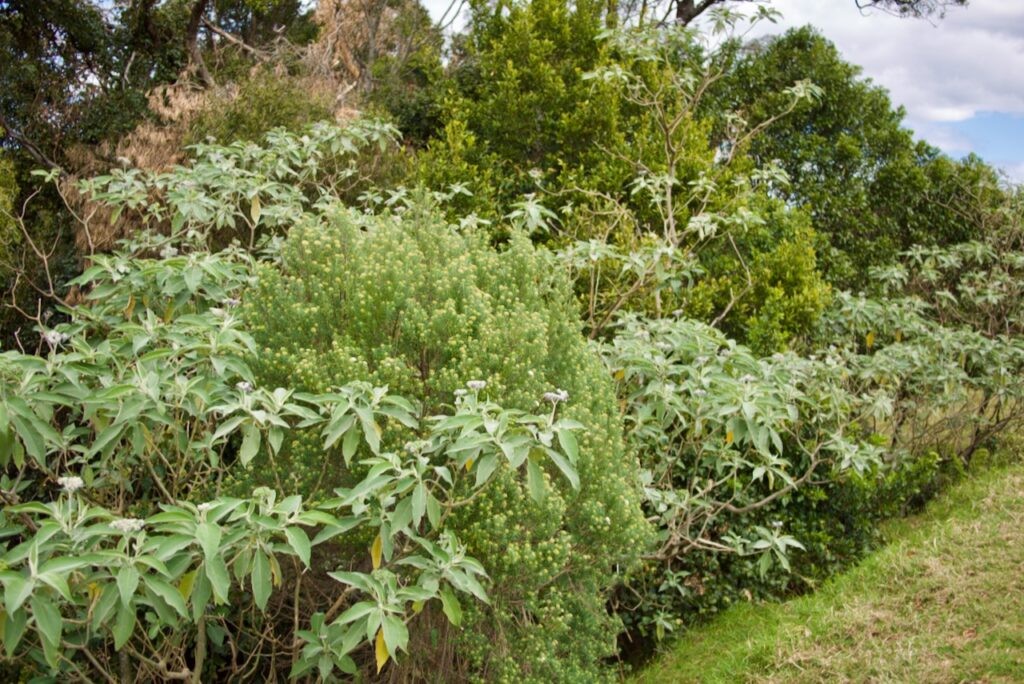
First, it is helpful to assess how healthy your bushland is and get familiar with the weeds. Get to know the key species invading your area and learn about the best way to remove them. Here in the Illawarra region, there are some common weeds, such as Camphor Laurel (Cinnamomum camphori), Privet (Ligustrum lucidum and L. sinese), Madeira Vine (Anredera cordifolia), African Olive (Olea europaea subsp. cuspidata), Cotoneaster (C. glaucophyllus), Asparagus Fern (A. aethiopicus), Wild Ginger (Hedychium garderianum), Trad (Tradescantia fluminensis) and Panic Veldt Grass (Ehrharta erecta). You will soon get to know these weeds if they are on your property. Different techniques are available to manage each species, so make sure you know what weeds you’re dealing with and the best way to tackle them. You can reach out to the Growing Illawarra Natives Facebook Page, get in touch with local landcare/regen groups who sometimes put out weed guides such as this one, or check out the resources at the end of this article to get you started.

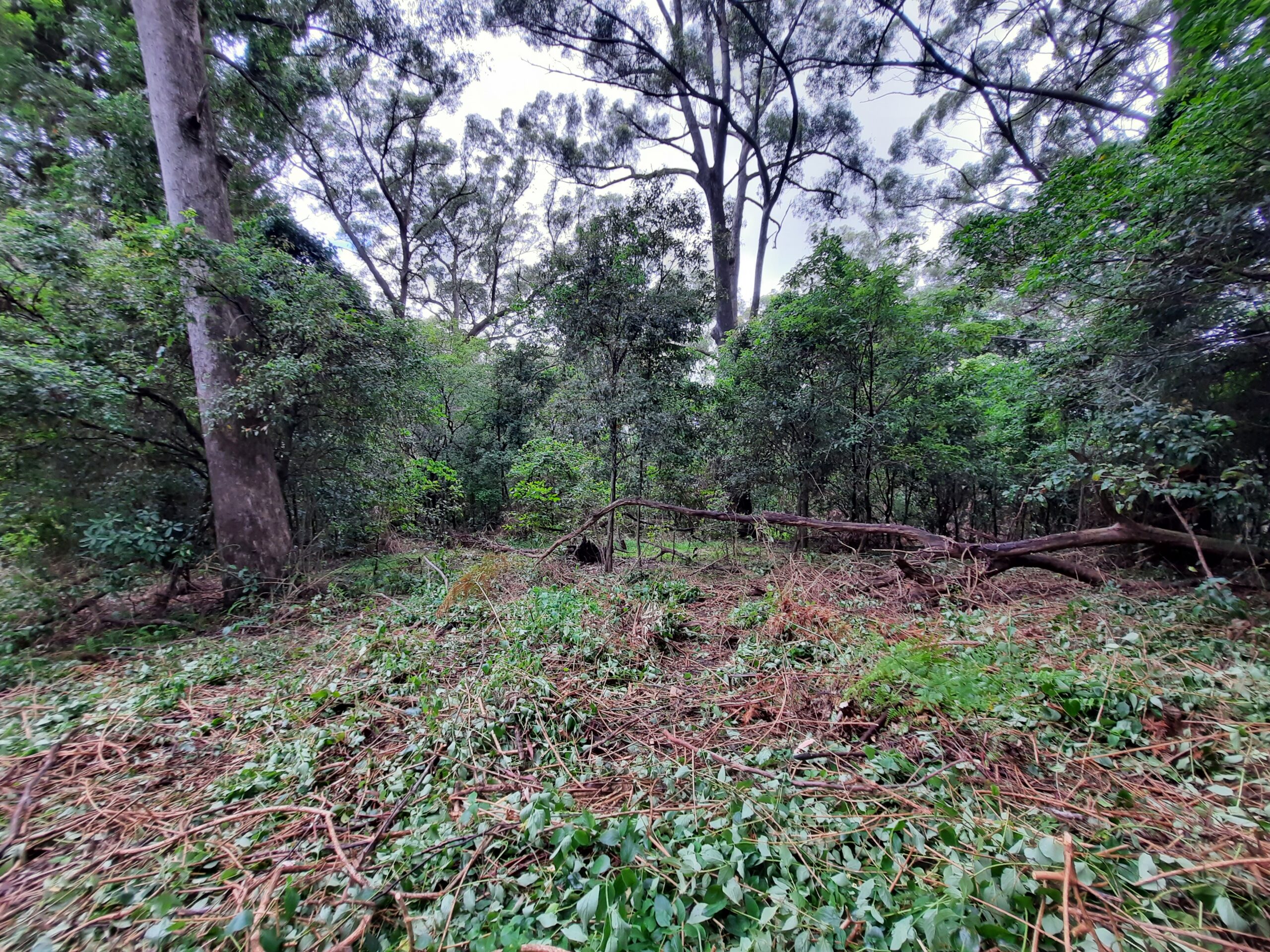
When weeding, it’s generally a good idea to start from the least infested areas and work your way out from there. See what comes up after removal of the weeds – are there natives regenerating already or do you need to go back and weed on a few occasions before natives can re-establish? More often than not, native species will start to come up on their own after clearing and you can work with the natural regeneration process to help restore your site. Hundreds of local species will establish in spots that suit them, including trees such as Bleeding Heart (Homalanthus populifolius) and Illawarra Flame Tree (Brachychiton acerifolius), shrubs such as Sandfly Zieria (Z. smithii), groundcovers like Commelina (C. cyanea) or Native Violet (Viola hederacea), and even some of the local ferns. If nothing comes up after the weeds are gone it could mean that much of the remaining seed bank is dormant, depleted or wiped out. This is uncommon and unfortunate, but in these cases you can still plant native species based on what might have been there in the past. Check out resources such as the Growing Illawarra Natives website, Illawarra Remnant Bushland Database or the Trees Near Me NSW app to find native species lists for areas near you.
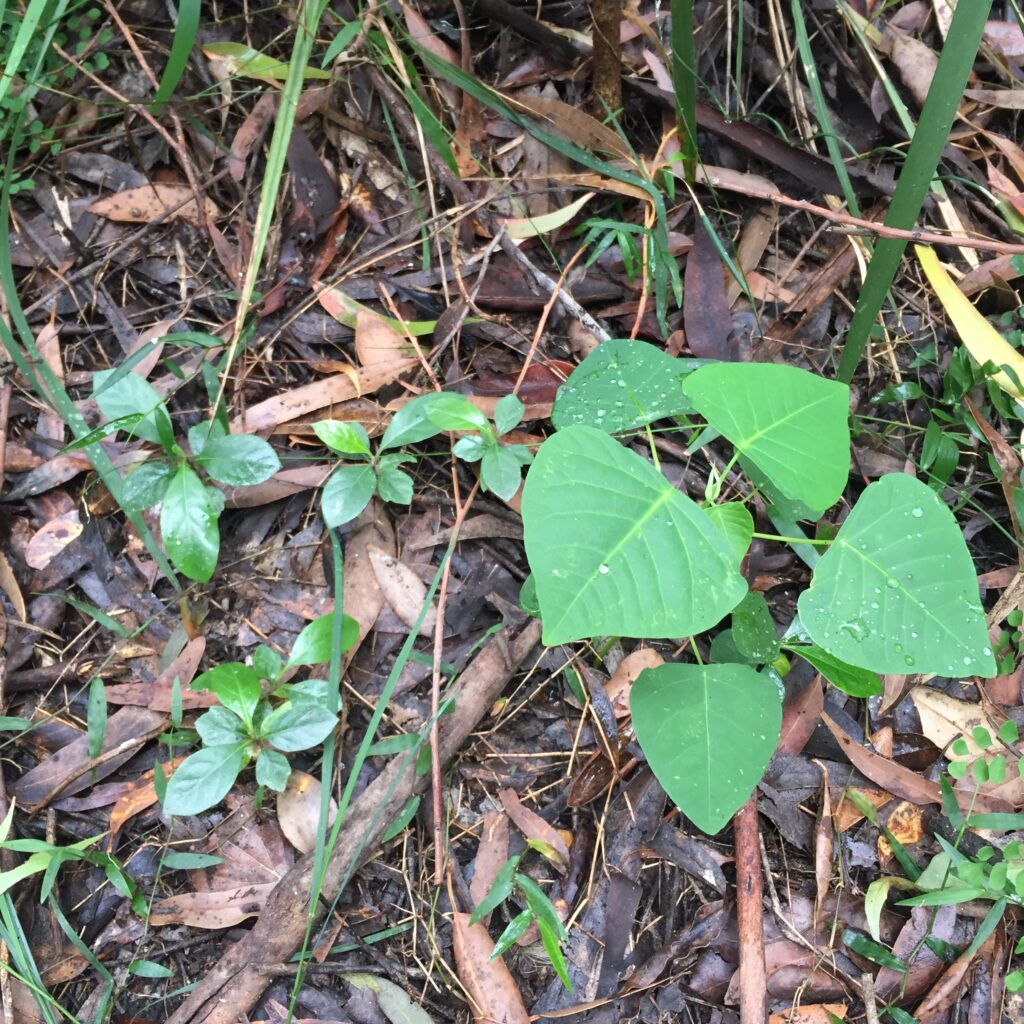
Steep sites and slopes usually require a more careful weeding approach. Removing all the weeds/vegetation on a steep site results in an erosion problem, particularly in rainy weather. To stop a weed issue becoming an erosion issue avoid clearing large areas on a slope, and plant immediately with native species to help stabilise the soil. Alternatively, you can use a natural geofabric pegged into the area once cleared, which will hold the soil in place. Making holes and planting into this fabric straight away is a good idea to get some soil-binding roots growing through the site as soon as possible. With time the fabric will degrade and you might get some natives regenerating from the seed bank too.
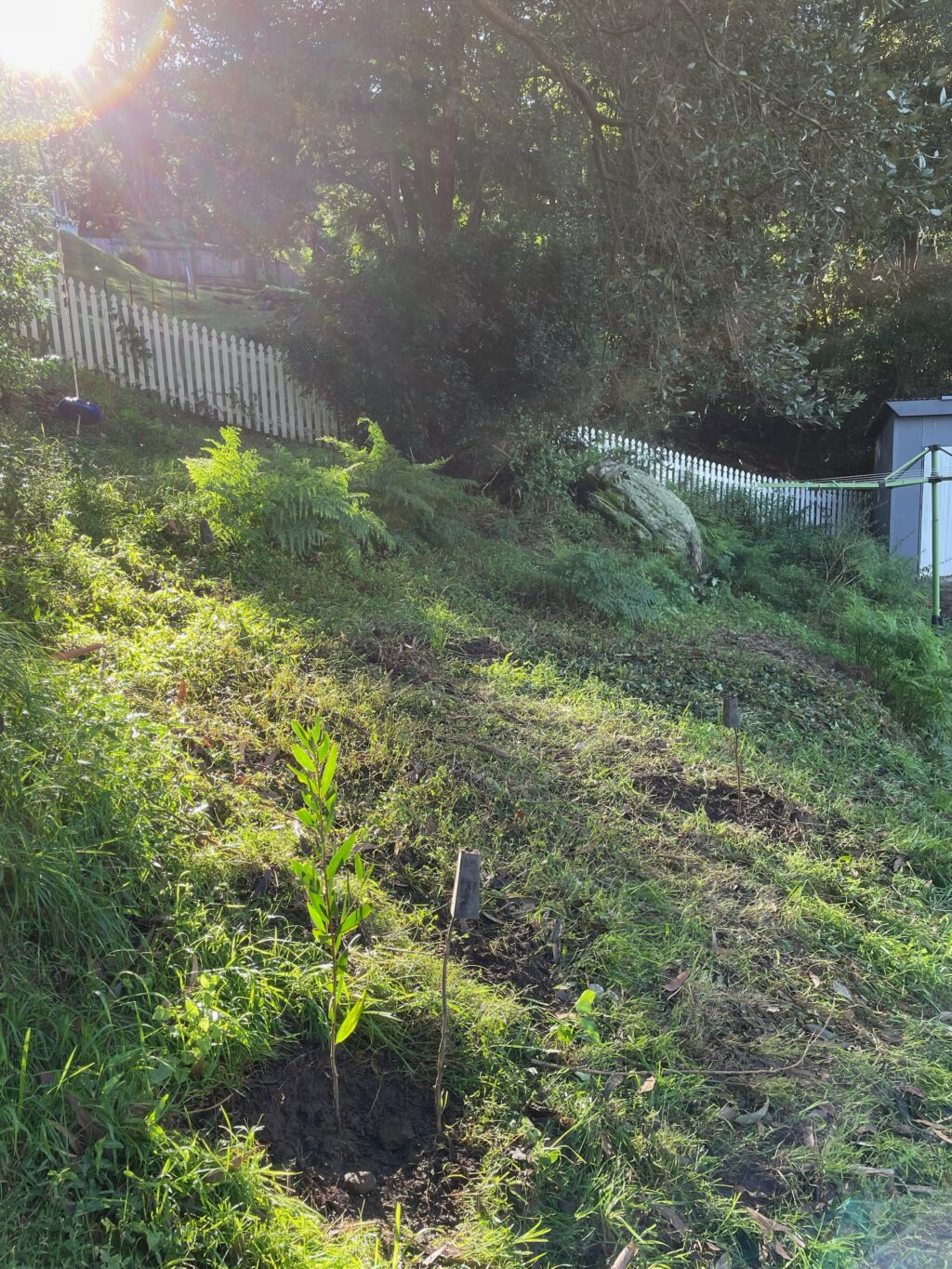
When regenerating your backyard follow these four principleals:
- Retain. Many Illawarra properties adjoin natural areas and contain patches of native vegetation, either regrowth or sometimes older forest remnants that are already doing a lot for the surrounding ecosystem. Let them, grow, persist and if you’re struggling to work out what’s what consult the GIN page or one of the Facebook Groups.
- Regenerate. Make a plan for treating and monitoring weeds and give your site the best chance for natural diversity to flourish.
- Replant. In those places where the bush has lost its resilience to regenerate naturally, start to plant out with species that are native to the area and which could have grown there in the past.
- Seek advice. Engage professionals if you need support. There are many conservation and land management / bush regeneration professionals living and working in this region, and some also have skills in working in urban gardens and garden design. Below is a list of local organisations and individuals who can help.
Bush Regen Professionals
- Jeff Harbrow, founder of Whipbird Environmental, is an experienced bush regenerator. Contact him via his website.
- Zoe Bell is a gardener and landscaper from Plantlandia, she runs a small team which includes qualified Bush regenerators. Email her to enquire about regeneration services: plantlandia.gardens@gmail.com
- If you know of anyone else who specialises in the area of domestic Bush Region please get in touch.
Resources
- Book: Bringing Back the Bush by Joan Bradley. Available at Collins Bookstore Thirroul
This is a collaborative article by Kath Gadd, Hannah Preston and Emma Rooksby. It has also been published on Growing Illawarra Natives website here

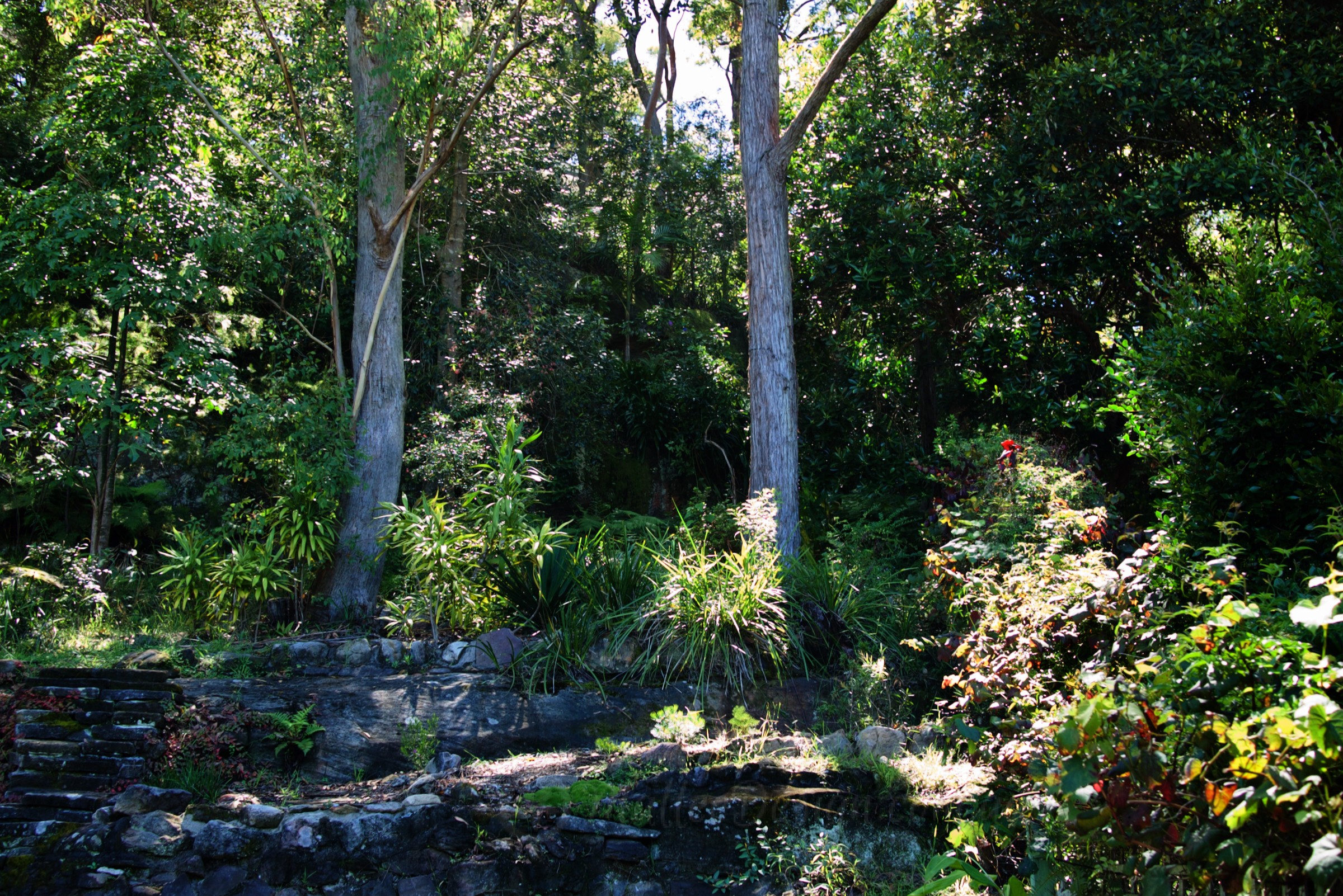
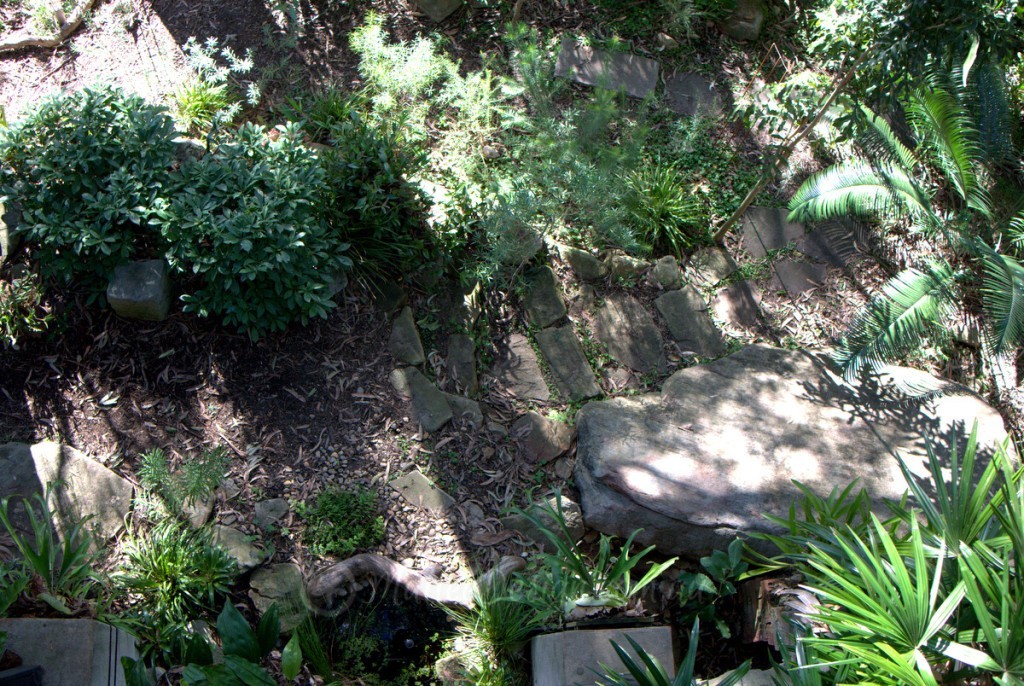
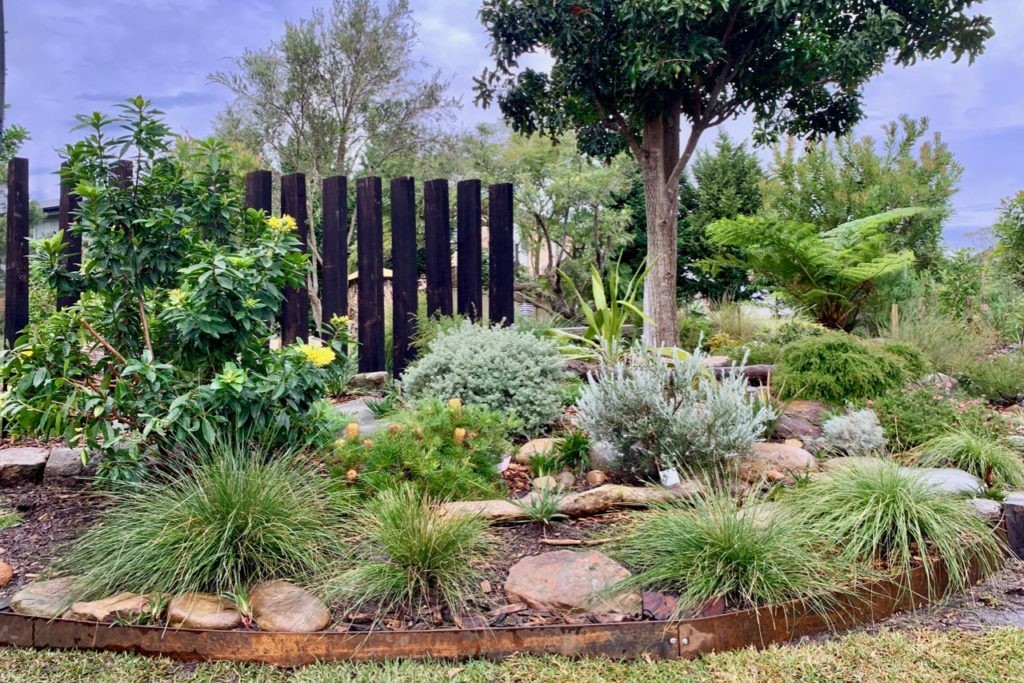


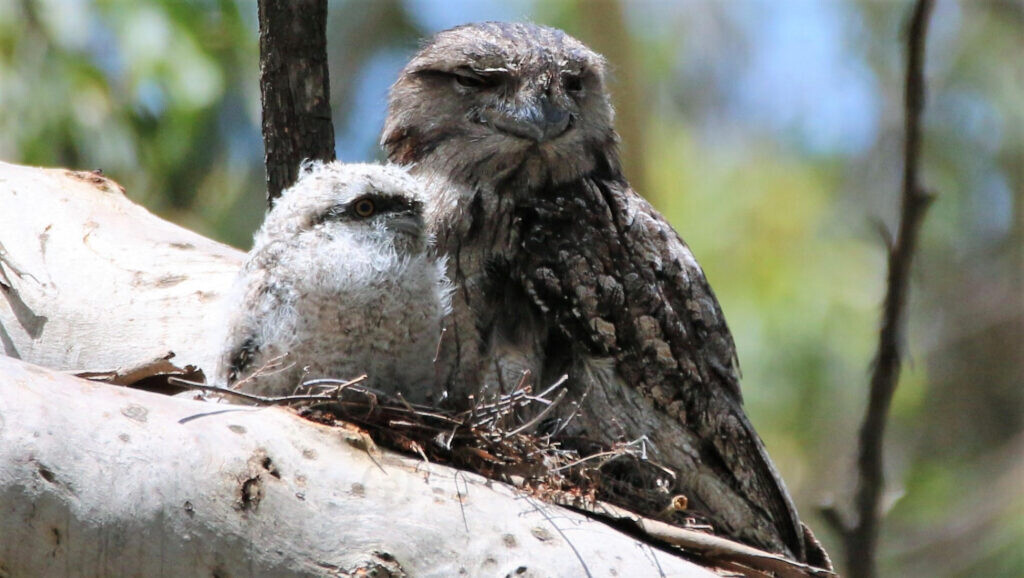
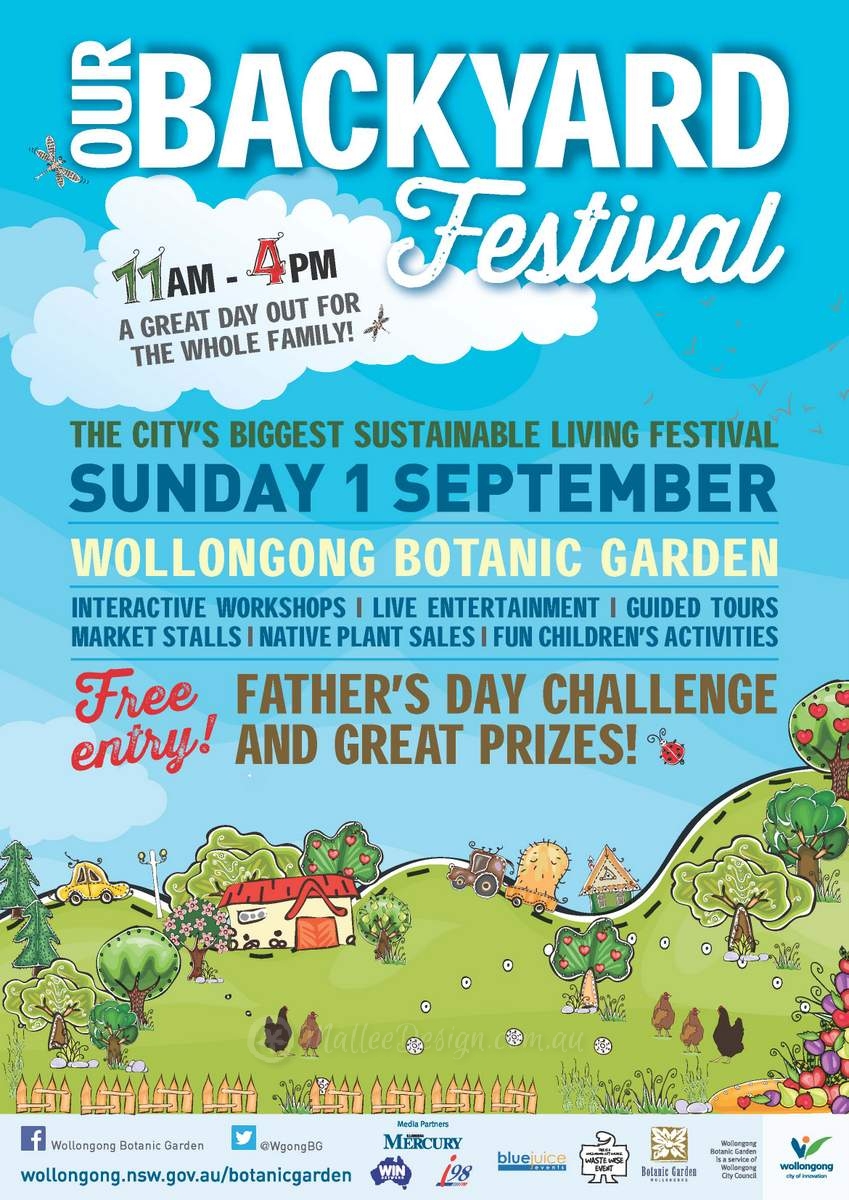
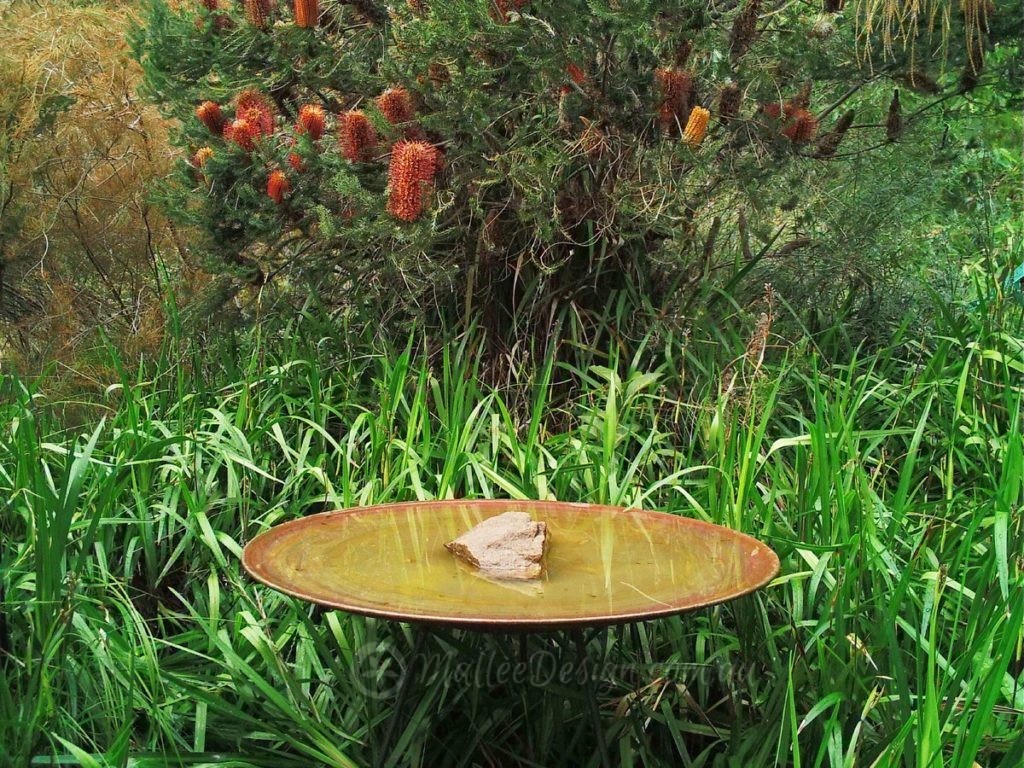
Leave a Reply